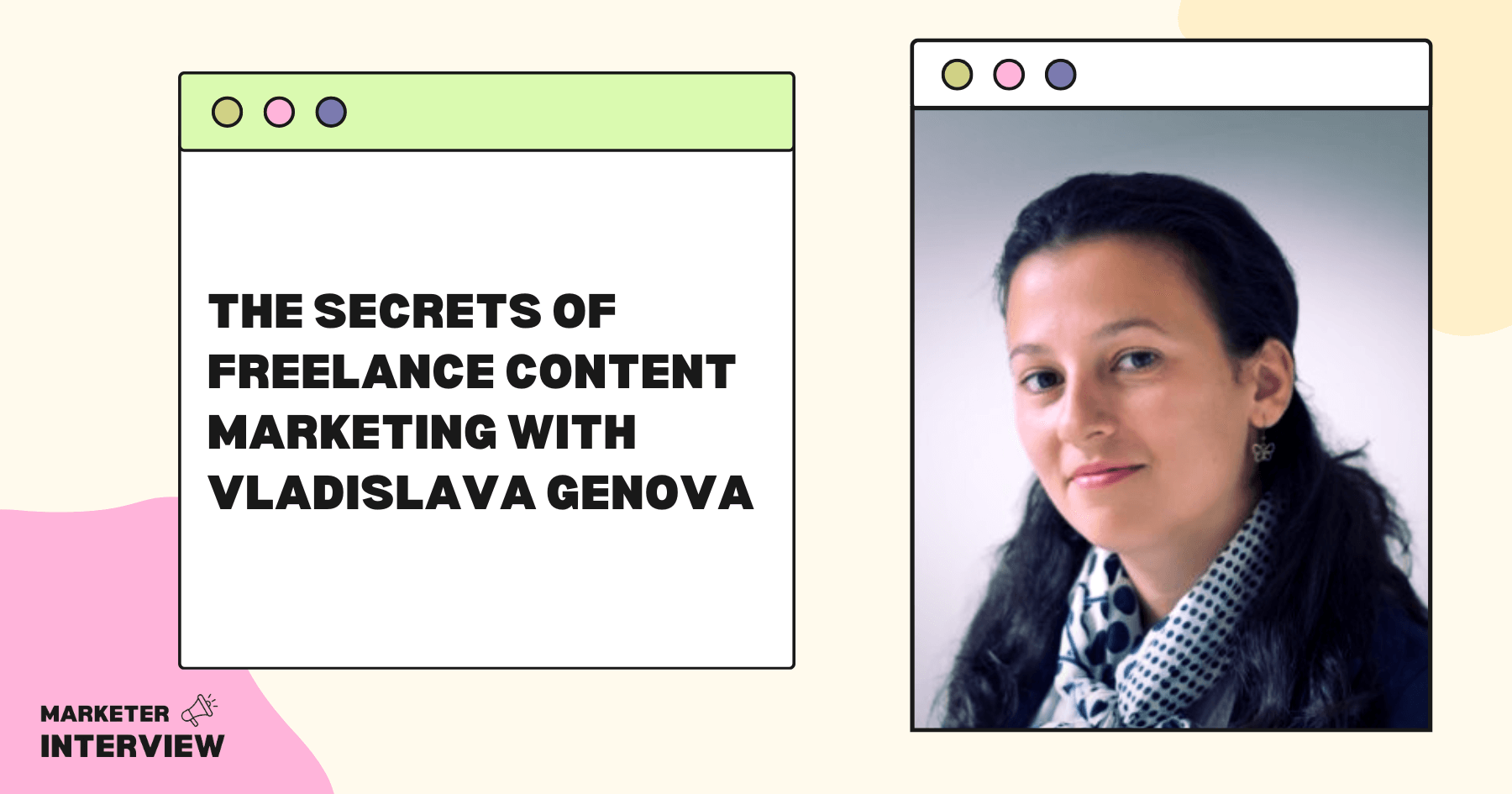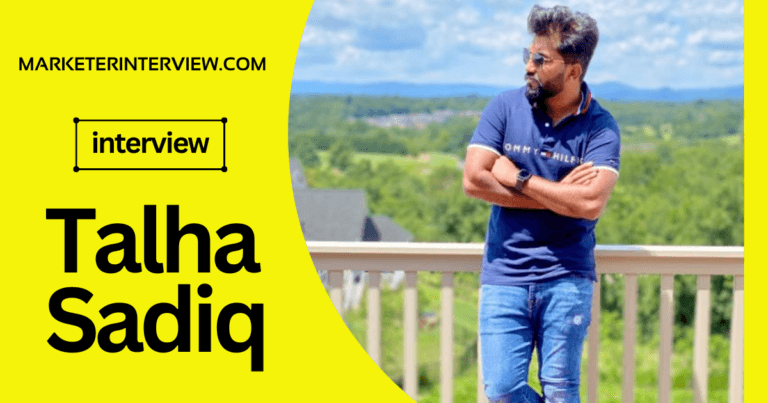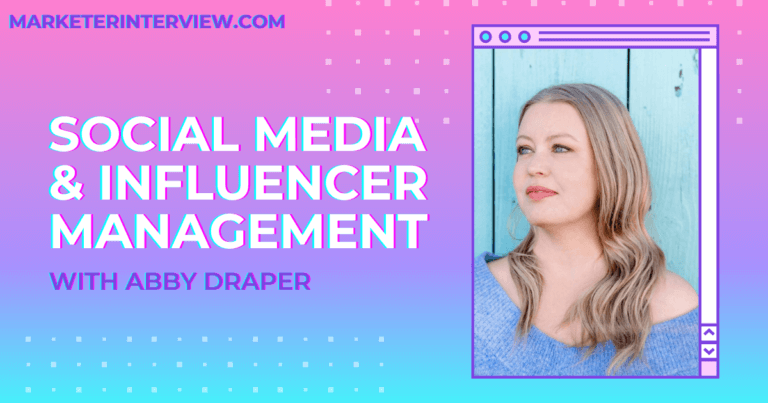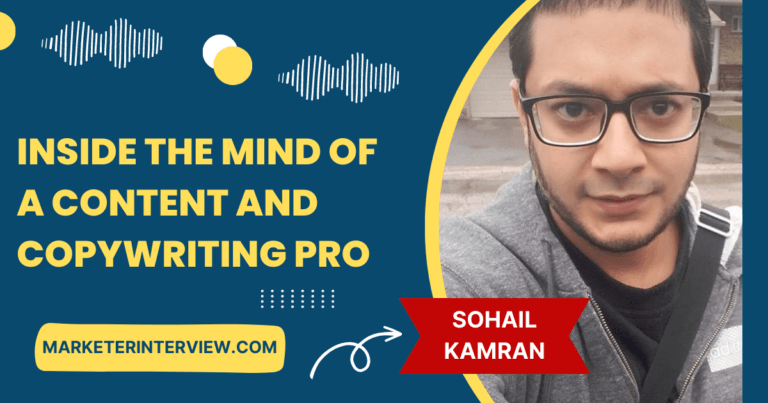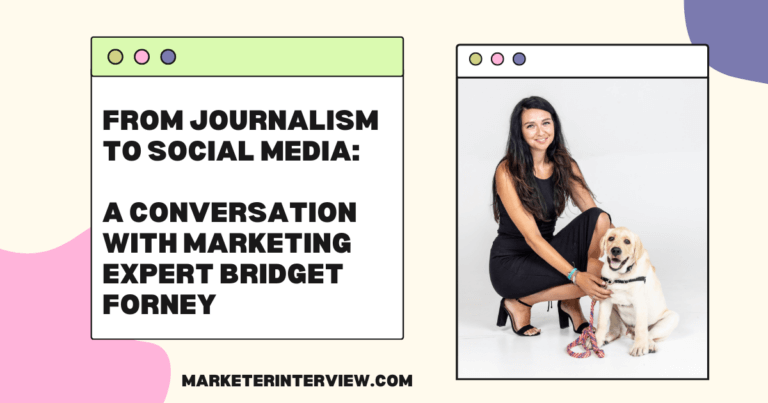The Secrets of Freelance Content Marketing with Vladislava Genova
Welcome to another captivating edition of Marketer Interview!
Today, we have the pleasure of sitting down with Vladislava Genova, a multi-talented freelance content marketer known for her brand development, content writing, and strategic storytelling expertise.
Vladislava’s journey in marketing has been nothing short of inspiring, and she has mastered the art of maintaining a thriving freelance career while successfully bridging the gap between a full-time corporate job and part-time freelance work.
In this interview, we’ll explore her experiences, strategies, and the tools she employs to create compelling content and engage with target audiences effectively.
Contents
- 1 Can you share how you got into marketing and eventually became a freelance content marketer?
- 2 Balancing a full-time corporate job and part-time freelance work can be challenging. How do you manage this delicate equilibrium while ensuring the quality of your freelance projects?
- 3 Content creation is a crucial aspect of marketing. What are your top tips for crafting high-quality content that drives sales and provides value to the audience?
- 4 How do you leverage LinkedIn to initiate meaningful conversations and connect with your target market prospects and thought leaders?
- 5 As a brand developer, what key strategies do you employ to establish and enhance a brand’s identity in the competitive market?
- 6 Transitioning from a stable 9-to-5 job to a freelance can be daunting. What significant challenges did you face during this transition, and how did you overcome them?
- 7 Many aspiring marketers are interested in freelancing. Could you share your insights on building a successful freelance career and finding clients in a competitive market?
- 8 Asynchronous work is gaining popularity. How do you manage remote collaborations and maintain effective communication with your team while working asynchronously?
- 9 Technology plays a vital role in marketing. What tools and software do you find indispensable for your job as a freelance content marketer?
- 10 Throughout your career, what have been the most impactful lessons or experiences that shaped your approach to marketing and content creation?
- 11 Work-life balance is crucial, especially for freelancers. How do you maintain a healthy balance between your professional commitments and personal life?
I will start with a step backward.
Thinking about myself as a kid, I always found myself reading a book in my grandparents’ yard while all the other kids were playing together.
I loved exchanging regular handwritten mail letters (yeah, we millennials are that old now that we have to explain this) with my pen pals. I remember being so disappointed to receive a one-pager after having all my heart and soul poured into twelve-ish handwriting pages.
I wrote my first piece of poetry to celebrate my cousin’s birth (I was 7 at the time). The written word has always been part of my story. For obvious reasons, I went to a language high school.
And then I followed the herd.
I entered a business university and got my first full-time job at a heavy corporate structure, where I spent the following years learning and growing. I always looked for ways to incorporate writing and creativity into my work, but it was never the essence of what I was paid for.
Moving around roles in account management, customer experience, and marketing in a couple of other companies in the following decade, I followed any opportunities that would allow me to pursue writing as my primary professional “feature.”
Having said all this, freelance content marketing is the baby of my talent and professional experience.
Balancing a full-time corporate job and part-time freelance work can be challenging. How do you manage this delicate equilibrium while ensuring the quality of your freelance projects?
I am not balancing both. I exchanged my full-time corporate position for a flexible freelance practice, giving me much more than a paycheck.
I had the lucky chance to pivot during my maternity leave. Having two kids close in age gave me even more time to redefine my priorities and restructure my work to fully fit into the new season in life I had entered.
My choice to freelance gives me many opportunities to develop myself further to outgrow what I’ve been good at and become better and better. It allows me to spend time with my young sons and loved ones. It gives me a rare chance to choose which brands I feel I can truly help with my work. Freelance, for me, means freedom, flexibility, balance, and satisfaction.
Content creation is a crucial aspect of marketing. What are your top tips for crafting high-quality content that drives sales and provides value to the audience?
People will buy from you if they trust you. People will trust you when they know you well.
People will know you for what you share. Not for what you think. (Sometimes for what you do, but it will again come back to showcasing it in a way.)
So, if I have to define a tip – here’s one (1). To put yourself out there to the right people, you should first know who they are and what they are like. Get your ideal client right.
Then it’s time for (2). You have to start providing immediately. But not just anything. You should give away enormous value! Get them all the information that will make their life easier. Do it in a format that is easy to consume (for them). Share it on a platform they naturally use every day.
And then (3) – analyze, optimize, change, improve, and test. And go back to (1) again.
That’s all, folks.
How do you leverage LinkedIn to initiate meaningful conversations and connect with your target market prospects and thought leaders?
Any social media platform has its ups and downs. Each one has its target audience and algorithm strategies.
LinkedIn is one of the most stable players out there. LinkedIn has gained more visibility among people who had neglected it in recent years (of course, triggered supportively by the pandemic period the world experienced). They leaned more toward it for networking in times of physical distance.
The platform is now in the process of finding its perfect balance. It must keep safe from losing value in the crowd while maintaining stability during this growth season.
For now, LinkedIn could work as one of the best places to build a personal platform (as Erica Schneider recently named it) and a professional network.
The best way to do it is to show up there regularly (say, 3-5 times a week) with real-life value seasoned with your unique viewpoint. Keep constantly supporting the people you like and admire, and finally, think about ways to monetize (digital products, subscriptions, affiliates, etc.).
As a brand developer, what key strategies do you employ to establish and enhance a brand’s identity in the competitive market?
Building a solid brand identity in a competitive market combines creativity, research, and consistency.
I always start by trying to understand the brand’s core values, target audience, and unique selling proposition. This knowledge forms the foundation for creating content that resonates with the audience.
Consistency is key. I strive to ensure the brand’s identity is carried across all touchpoints, whether the website, social media, or marketing materials. By crafting a narrative that aligns with the brand’s values and consistently presenting it, the brand becomes a memorable and authentic entity in the market.
Last but not least, the best content strategies do not count on creating gazillions of content daily. The best content strategies are best at creating well-working processes of repurposing, reusing, recycling, and reformatting all the great content they already have in their repository. And all of that while creating new content regularly.
Transitioning from a stable 9-to-5 job to a freelance can be daunting. What significant challenges did you face during this transition, and how did you overcome them?
Transitioning from a stable job to freelance was a leap into the unknown. One of the significant challenges was overcoming the fear of financial instability and irregular income. Especially for new parents, that’s a tough one.
I created a financial cushion by saving and setting a tight budget to address this. Having my partner’s support on this one was game-changing.
Another challenge was establishing a stable client base. I am proud to be in a place where I rarely need to look for new clients. I have fruitful mid to long-term relationships with my current clients, and my main goal is to provide what they need (and more) at a quality I would happily sign with my name (read, high!).
By keeping happy clients, you guarantee a steady and regular flow of incoming leads just because somebody mentioned how happy they were working with you somewhere. But don’t expect this to happen overnight. It doesn’t.
Time management was also critical. I learned to set boundaries and prioritize tasks. Overcoming these challenges required patience, adaptability, and a growth mindset.
Surrounding myself with a supportive community and seeking guidance from mentors played a crucial role in navigating this transition successfully. My partner has always been the most incredible support that’s kept me going and believing in myself.
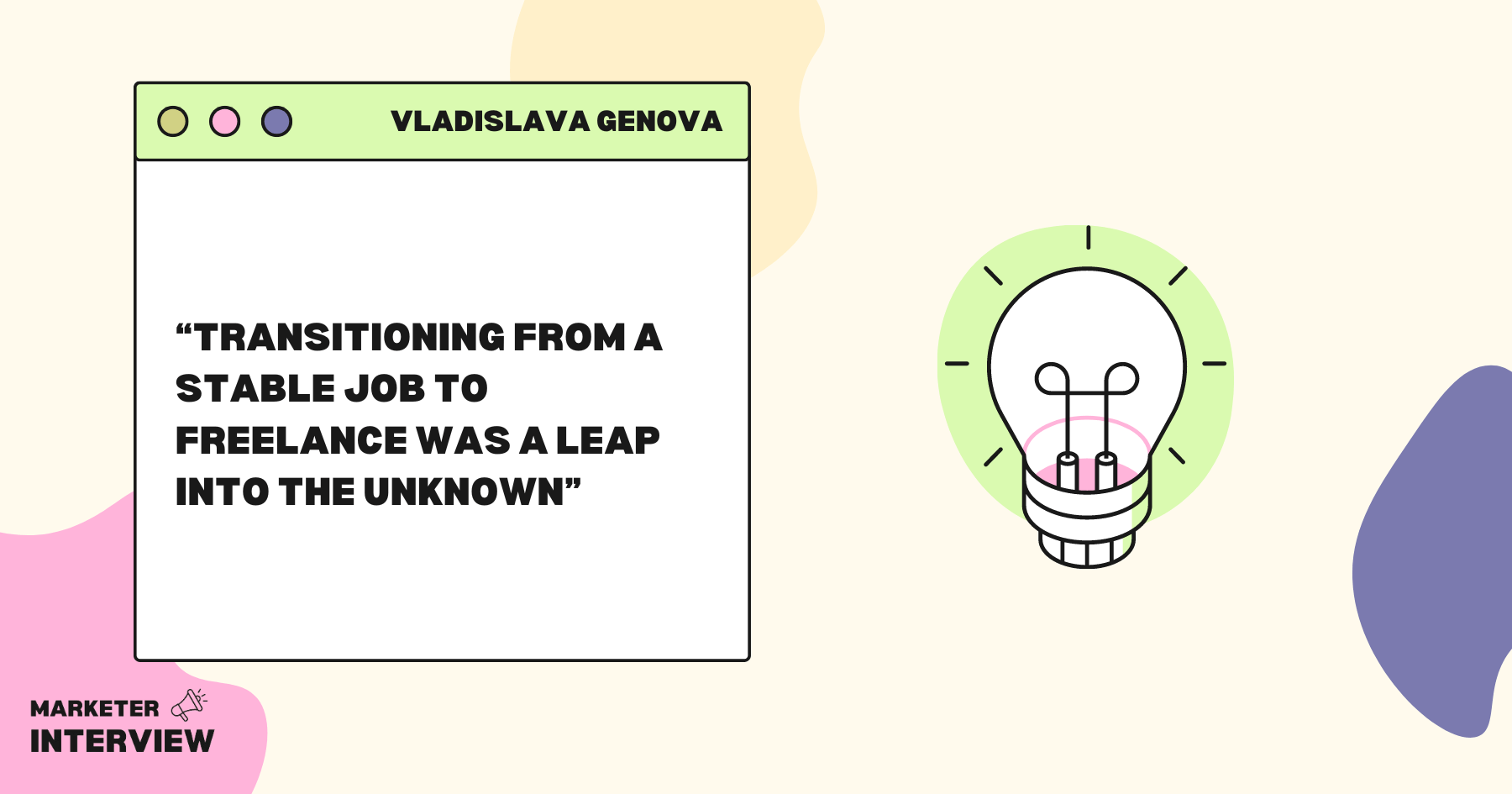
Building a successful freelance career begins with a clear brand and positioning. Define your niche, unique skills, and value proposition. Craft a compelling LinkedIn profile that showcases your expertise and resonates with your target audience.
Content creation is your ally. Share valuable insights, demonstrate your expertise, and connect with your audience.
Building a solid online presence will attract potential clients, but keep your focus on serving your actual clients the best way possible.
Cold outreach, while daunting, can be effective. Personalize your messages and showcase how you can solve their pain points. My keys to building a thriving freelance career are persistence, patience, and consistently delivering value.
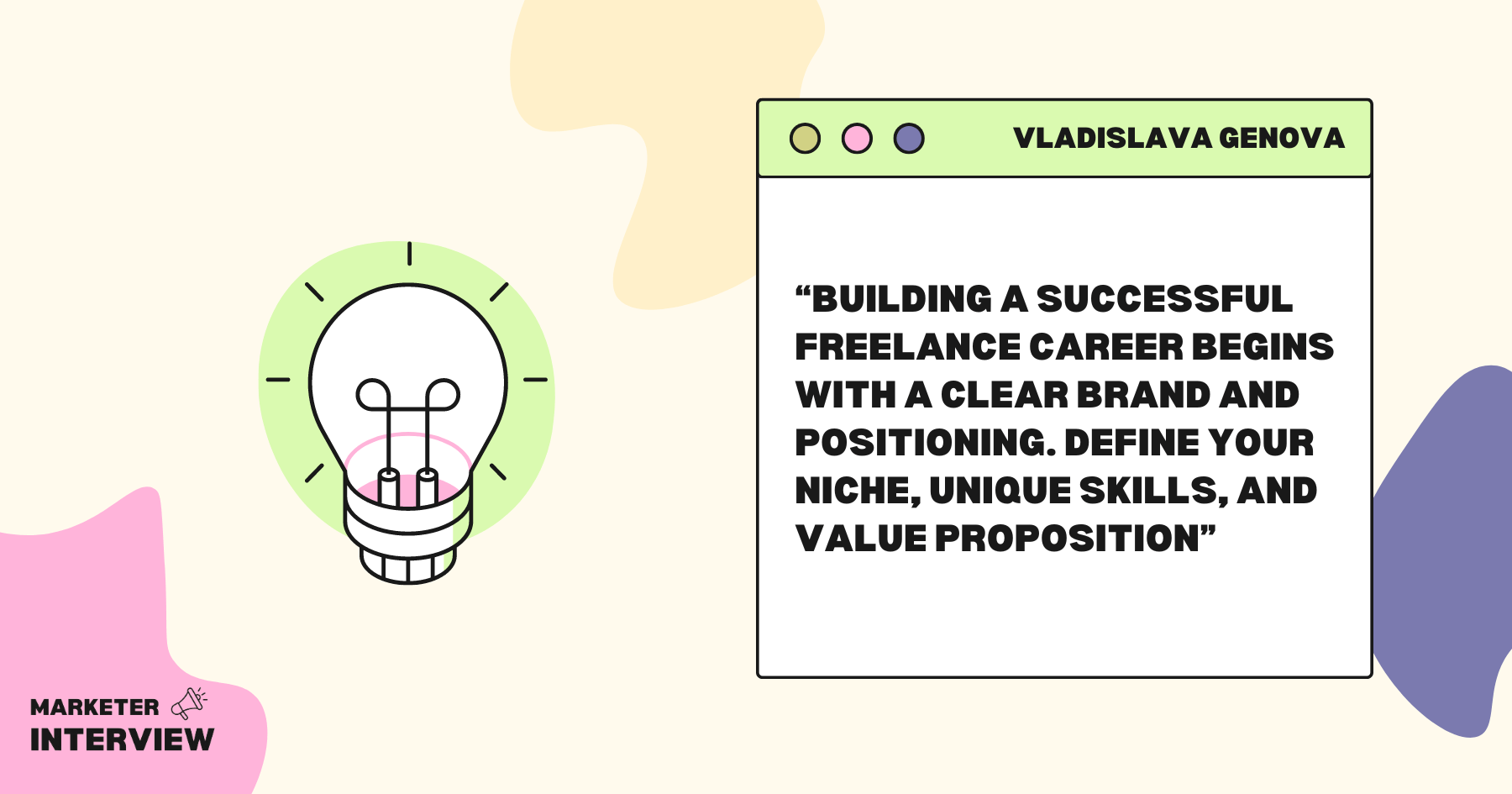
Asynchronous work is gaining popularity. How do you manage remote collaborations and maintain effective communication with your team while working asynchronously?
I usually spend between 4% and 5% of my work time in meetings monthly. And since I usually work less than 80 hours a month, my meetings take up less than 4 hours monthly. Sweet, right?
But embracing asynchronous work requires a shift in communication dynamics. Clear communication is paramount. I always want to ensure that expectations, deadlines, and project details are documented and shared (both with my clients and my team, my accountant, etc.).
Collaboration tools like Slack, Trello, ClickUp, Google Drive, and Notion help me facilitate seamless communication and project tracking. Regular check-ins are scheduled to provide updates and address queries. Being mindful of time zones ensures everyone is respected and has time to respond.
Trust is fundamental. I foster a culture of ownership and responsibility by giving my team members autonomy. My clients give me the same, and I am immensely grateful. Asynchronous work allows me to focus without interruptions and contribute my best work, and it’s my favorite way of working.
Technology plays a vital role in marketing. What tools and software do you find indispensable for your job as a freelance content marketer?
Technology is the backbone of modern marketing. A few indispensable tools in my toolkit include:
- Content Management Systems (CMS): Platforms like WordPress enable me to efficiently create and manage engaging websites.
- Design Software: Tools like Canva help design captivating visual content even if you are not a designer. I like to work with actual designers, but whenever that’s not possible, Canva is the almighty tool I love using.
- Social Media Management: I prefer to use the specific social media platform’s native schedulers and reporting tools, but platforms such as Hootsuite or Buffer can also allow me to schedule, monitor, and analyze social media content.
- SEO Tools: Tools like SEMrush help optimize content for search engines.
- Email Marketing Software: Services like Mailchimp or Klaviyo are essential for creating and automating email campaigns.
- Project Management: Trello, ClickUp, and Notion are my all-time favorites regarding task and project management. I exclusively used Trello for my task management and recently switched to ClickUp.
- AI: Lex is one of the AI writing tools that I am eager to see develop. I am also making some good test use of Chat GPT and originality.ai to stay on top of AI trends in content creation.
Throughout your career, what have been the most impactful lessons or experiences that shaped your approach to marketing and content creation?
Several lessons have left a lasting impact on my approach to marketing and content creation and my work overall:
- Authenticity matters: Genuine connections and transparent storytelling resonate more with audiences. Be yourself.
- Adaptability is crucial: The digital landscape evolves rapidly, and being open to change is essential. Don’t be stuck.
- Feedback is a gift: Constructive criticism fuels growth and improvement. Use it for your benefit.
- Collaboration is powerful: Diverse perspectives enhance creativity and lead to innovative solutions. Find your mates.
Work-life balance is crucial, especially for freelancers. How do you maintain a healthy balance between your professional commitments and personal life?
I am now in the last week of a 7-week long summer vacation I managed to organize for myself this year. The reason I started freelancing in the first place was to be able to spend more time with my family, and that long vacation is the best translation of my goal into reality.
However, maintaining an excellent work-life balance as a freelancer requires deliberate effort.
Setting boundaries is critical. I allocate specific work hours and disconnect after that time. I plan and prioritize my tasks to avoid last-minute stress.
Scheduling breaks and physical activity throughout the day helps you stay focused and refreshed. Allocating time for family, hobbies, and self-care is non-negotiable.
Remote work offers flexibility, and I leverage it to create a schedule that aligns with my energy levels.
Cultivating mindfulness techniques and engaging in activities that recharge me, such as reading or spending time outdoors, further contribute to a healthy work-life balance. It’s a continuous journey of self-awareness, adaptability, and self-care.
